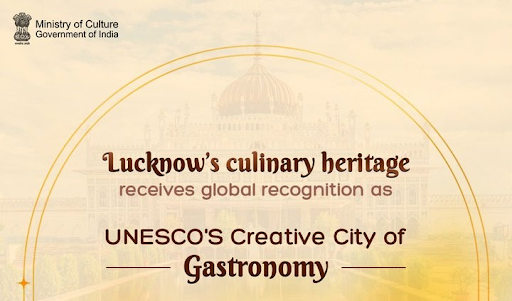





Source: CyberTaekwondo
Disclaimer: Copyright infringement not intended.
During his Bharat Jodo Nyay Yatra, Leader of Oposition practiced Jiu-Jitsu daily, emphasizing its non-violent aspects and introducing young participants to the values of martial arts as tools for building a compassionate and safer society.
Silambam essentially involves stick fighting where the performers use bamboo staves as their primary weapons.
Thang-Ta (sword and spear) and Sarit Sarak (unarmed combat) are martial arts from Manipur that emphasize agility and fluid movements. These arts are performed both for combat and as part of cultural rituals and dances.
It is a dynamic, energetic martial art form using sticks and swords by the Sikhs.
The focus is on fighting techniques—punches, and kicks. It also has spiritual connotations and is usually named after Hindu gods.
Pari-Khanda is a weapon-based conventional technique of martial arts with swords and shields. Pari-Khanda techniques are often introduced in the folk dance form Chhau.
Kuttu Varisai is a Dravidian-based martial art that places great emphasis on empty-hand techniques.
It includes numerous different strikes, grapples, and locks. It is based on the principles of yoga and gymnastics.
|
Martial Art |
Country of Origin |
|
Karate |
Japan |
|
Judo |
Japan |
|
Kung Fu |
China |
|
Taekwondo |
Korea |
|
Muay Thai |
Thailand |
|
Krav Maga |
Israel |
|
Boxing |
Global |
|
Capoeira |
Brazil |
|
Sambo |
Russia |
|
Pencak Silat |
Indonesia/Malaysia |
|
Savate |
France |
|
Wrestling |
Global |
|
Eskrima/Arnis |
Philippines |
|
Kickboxing |
Japan/Thailand/USA |
Sources:
IndianExpress
|
PRACTICE QUESTION Q: Consider the following statements about the traditional Indian marital arts: 1. Kalaripayattu was traditionally practiced in the present day state of Kerala. 2.Silambam, an ancient stick fight martial art, originated in the Tamil Sangam period. 3.Gatka comes under the category of armed martial arts and is associated with the Sikh community. Which of the statements given above is/are incorrect? (a) 1 and 2 only (b) 1 and 3 only (c) 2 and 3 only (d) 1, 2, and 3
Answer: (d) Explanation: Statement 1 is correct: Kalaripayattu is one of the oldest martial arts in the world and has its roots tracing thousands of years back in the Indian state of Kerala. Statement 2 is correct: Silambam is a stick-wielding traditional martial art of Tamil Nadu. Its historical evidence can be traced back to Tamil literature such as Silappadikaram. Statement 3 is correct: Gatka is a weapon-based martial art and mainly associated with the Sikh community. It originated during the self-defense of Sikhs against Mughal invasion. |










© 2025 iasgyan. All right reserved